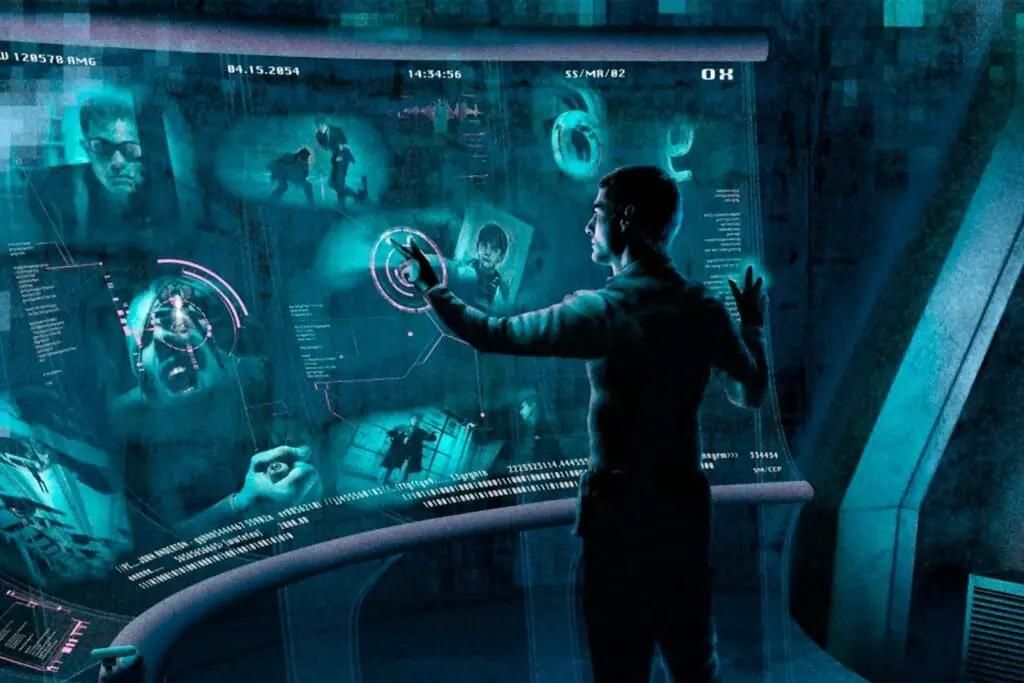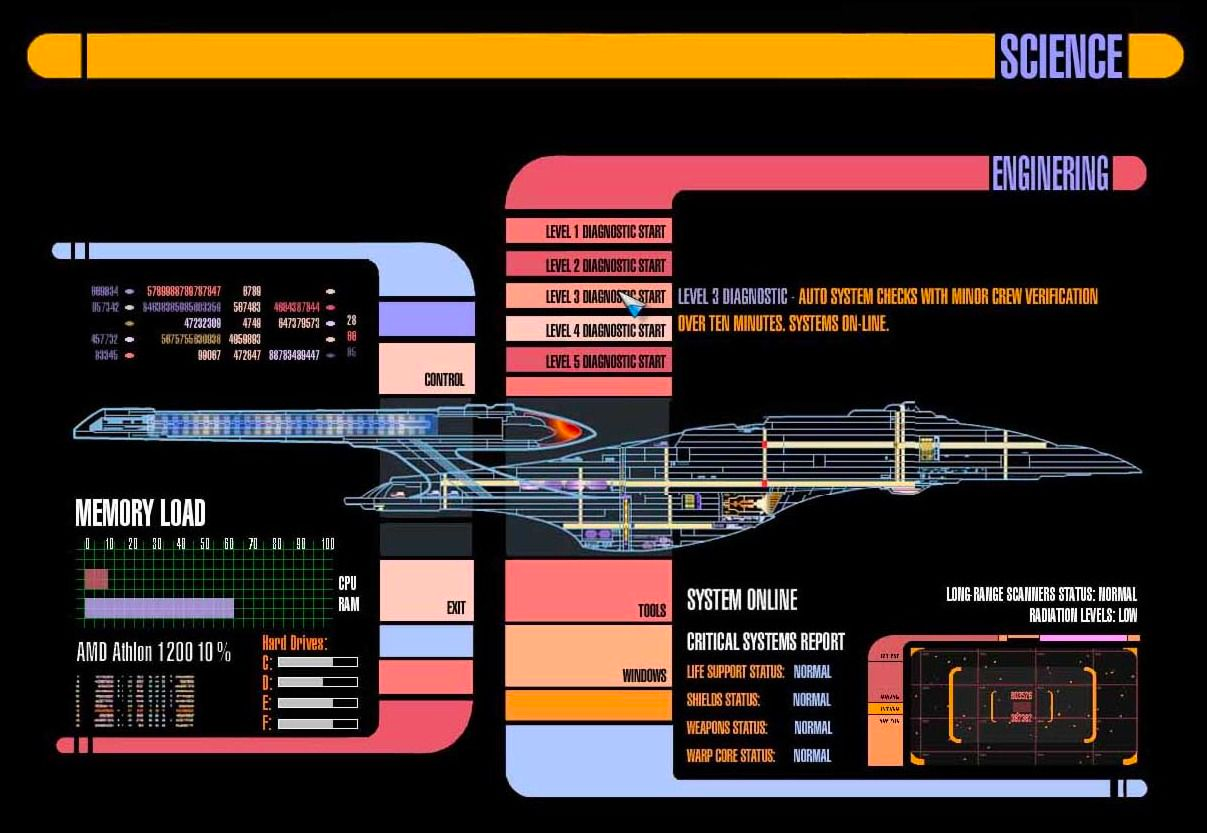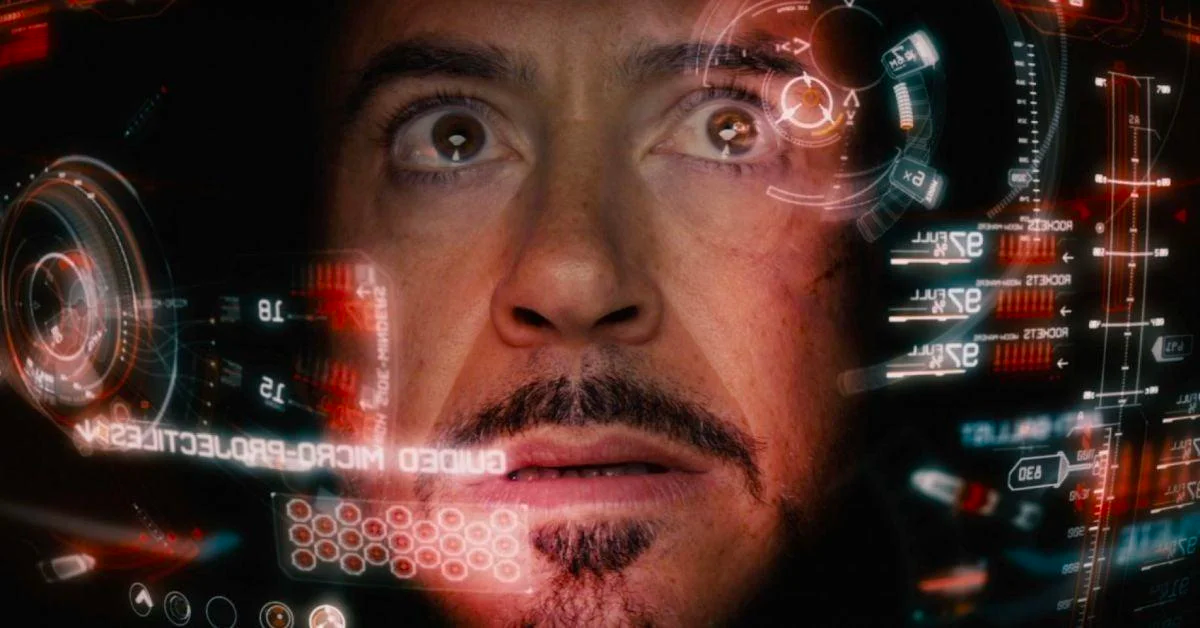Design
4 min read
From Screen to Reality: How Iconic UX/UI Designs from Movies and TV Shows Have Shaped Real-Life Interfaces
You Won’t Believe How These 5 Movie-Inspired Innovations Changed Our World Forever!
Throughout the years, movies and TV shows have created memorable user experiences and user interfaces that have captured the imagination of audiences worldwide. These fictional depictions often inspire real-life innovations as designers and developers strive to bring these visionary concepts to life. In this article, we will explore some iconic designs from the world of entertainment that have significantly influenced the design of real-life interfaces.
Minority Report (2002)
Directed by Steven Spielberg and starring Tom Cruise, Minority Report showcased a futuristic user interface that allowed users to manipulate digital data with hand gestures in a 3D environment. The film’s gestural interface, designed by John Underkoffler, caught the attention of technology enthusiasts and paved the way for innovations like Microsoft Kinect and the Leap Motion Controller. Today, gesture-based interfaces are becoming more common in various applications, including virtual reality, gaming, and even in everyday smartphones.

Star Trek: The Next Generation (1987-1994)
Star Trek: The Next Generation, a popular sci-fi TV show, introduced the concept of the “LCARS” (Library Computer Access/Retrieval System) interface. LCARS featured a touchscreen display with vibrant colours, clean typography, and an intuitive layout. The show’s futuristic interface inspired many designers and developers, eventually leading to the widespread adoption of touchscreen devices and minimalistic design principles in modern interfaces.

Iron Man (2008)
The Iron Man film series, starring Robert Downey Jr., features the iconic J.A.R.V.I.S. (Just A Rather Very Intelligent System) AI assistant. The holographic interface and voice-activated technology behind J.A.R.V.I.S. have inspired numerous real-life applications, including voice assistants like Apple’s Siri, Google Assistant, and Amazon’s Alexa. The film also showcased a sleek, holographic heads-up display (HUD) used in Iron Man’s suit, influencing the development of augmented reality applications and wearable technology.

Her (2013)
Spike Jonze’s Her is a thought-provoking film that explores the relationship between a man and his AI-powered virtual assistant, Samantha. The film features a minimalist interface that relies heavily on voice interactions and natural language processing. This depiction has driven the development of more intuitive and human-like virtual assistants, while also emphasising the importance of user experience in designing AI systems.

Westworld (2016-2022)
HBO’s Westworld series showcases an advanced tablet interface that allows users to control the behaviour and attributes of humanoid robots, called “hosts.” The show’s sleek and responsive interface has inspired many designers to adopt similar design principles for real-life applications, including responsive web design and app development.

The world of entertainment has long been a source of inspiration for technology and design enthusiasts. Iconic UX/UI designs from movies and TV shows have shaped the development of real-life interfaces and pushed the boundaries of what is possible in human-computer interaction. As technology continues to advance, the line between fiction and reality blurs, making these once-futuristic concepts more attainable than ever before.























